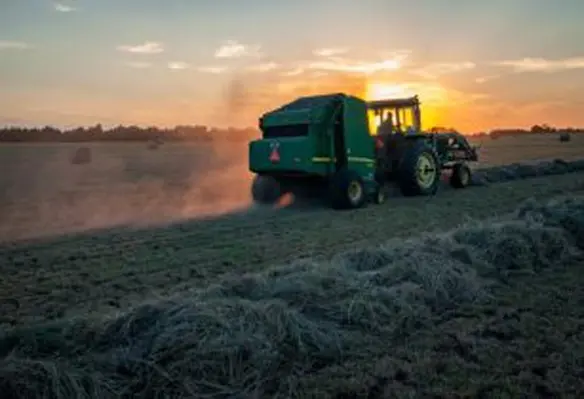Rising anthropogenic nitrous oxide emissions are jeopardising climate goals and the Paris Accord, a study published in Nature and led by an Auburn University researcher has found
The significant use of nitrogen fertilisers in the production of food worldwide is increasing concentrations of nitrous oxide in the atmosphere, a greenhouse gas 300 times more potent than carbon dioxide, which remains in the atmosphere longer than a human lifetime.
This finding is part of a study co-led by Professor Hanqin Tian, director of the International Center for Climate and Global Change Research at Auburn University’s School of Forestry and Wildlife Sciences and an Andrew Carnegie Fellow.
The study points to an alarming trend affecting climate change: Nitrous oxide has risen 20% from pre-industrial levels, and its growth has accelerated over recent decades due to emissions from various human activities.
“The dominant driver of the increase in atmospheric nitrous oxide comes from agriculture, and the growing demand for food and feed for animals will further increase global nitrous oxide emissions,” Tian said. “There is a conflict between the way we are feeding people and stabilising the climate.”
The researchers further identify an emerging cause of increased atmospheric nitrous oxide coming from the interaction between global warming and nitrogen additions for food production further enhancing emissions from agriculture. Warmer temperatures tend to increase nitrous oxide emissions.
The study also determined that the largest contributors to global nitrous oxide emissions come from East Asia, South Asia, Africa and South America.
Emissions from synthetic fertilisers dominate releases in China, India and the US, while emissions from the application of livestock manure as fertiliser dominate releases in Africa and South America, the study found. The highest growth rates in emissions are found in emerging economies, particularly Brazil, China and India, where crop production and livestock numbers have increased.
The co-authors agreed that the most surprising result of the study was the finding that current trends in nitrous oxide emissions are not compatible with pathways consistent to achieve the climate goals of the Paris Climate Agreement or the Paris Accord.
Wilfried Winiwarter, a senior research scholar with the International Institute of Applied Systems Analysis in Austria and former director of the International Nitrogen Initiative and its European centre, said, “Europe is the only region in the world that has successfully reduced nitrous oxide emissions over the past two decades. Industrial and agricultural policies to reduce greenhouse gases and air pollution and to optimise fertiliser use efficiencies have proven to be effective. Still, further efforts will be required, in Europe as well as globally.”
Francesco Tubiello, a senior statistician and team leader for Agri-Environmental Statistics in the Food and Agriculture Organization of the United Nations, added, “Many of the actions to improve nitrogen use efficiency and improve crop and livestock productivity, required now to begin reducing these emissions, are also needed to achieve sustainable and productive agriculture under the United Nation’s 2030 Agenda for Sustainable Development Goals.”





